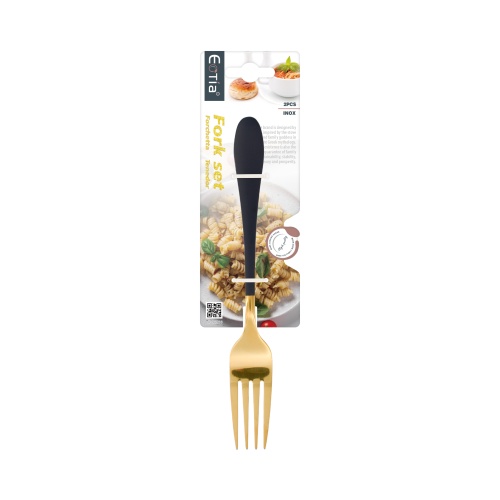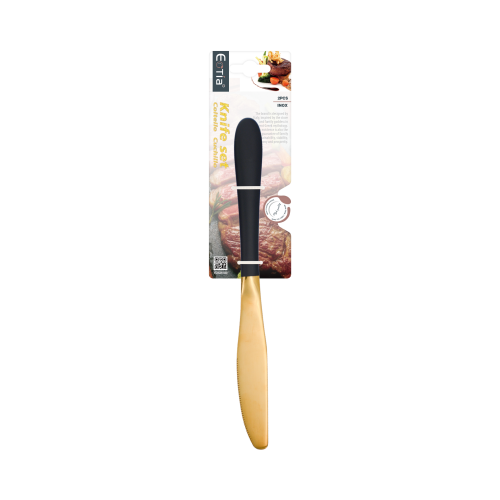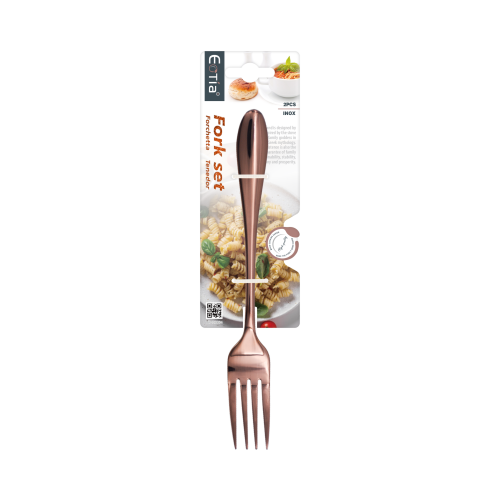The recent tariff increases imposed by the U.S. government have sent ripples across multiple industries, and the kitchenware market is no exception. As import duties on goods from key trading partners rise, businesses and consumers alike are feeling the effects. In this blog post, we’ll explore how these tariffs are reshaping the kitchenware industry, from pricing and supply chains to consumer behavior and market competition.

Rising Costs for Imported Kitchenware
A significant portion of kitchenware sold in the U.S. is imported, particularly from China, which has long been a major manufacturing hub for cookware, cutlery, and small appliances. With new tariffs in place, the cost of importing these goods has surged. Many U.S. retailers and wholesalers are now faced with a difficult choice: absorb the additional costs or pass them on to consumers.
Shifts in Supply Chains
To mitigate the impact of tariffs, some companies are exploring alternative sourcing strategies:
Moving Production: Manufacturers are considering shifting production to countries not subject to high U.S. tariffs, such as Vietnam, India, or Mexico. However, this transition takes time and comes with its own challenges, including quality control and logistical adjustments.
Domestic Manufacturing: A few brands are reevaluating the feasibility of producing kitchenware within the U.S., though higher labor and operational costs remain a barrier.
Consumer Behavior Changes
With kitchenware prices on the rise, consumers are adjusting their purchasing habits:
Delayed Upgrades: Many households may postpone replacing old cookware or small appliances due to higher costs.
Preference for Durability: Buyers might prioritize long-lasting, high-quality products over cheaper, disposable alternatives to get better value for their money.
Increased Demand for Discounts: Sales events and promotions could become even more critical in driving kitchenware purchases.
While tariffs pose challenges, they also create opportunities:
U.S.-Based Manufacturers: Companies that produce kitchenware domestically could gain a competitive edge by marketing their products as tariff-free and supporting local jobs.
Luxury and Specialty Brands: High-end kitchenware brands, which already cater to a less price-sensitive audience, may see less impact compared to budget-oriented products.
The U.S. tariff increases are undeniably reshaping the kitchenware market, driving up costs and forcing businesses to rethink their supply chains. While consumers may face higher prices in the short term, the long-term effects could include a more diversified manufacturing landscape and a stronger emphasis on product durability.



